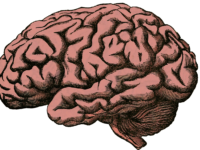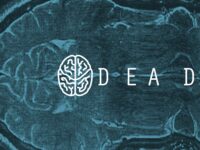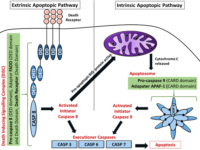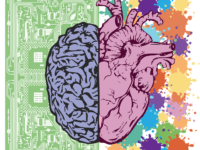As humans, we tend to be both afraid of and fascinated by death. It is virtually the only thing that we are all certain to experience, yet no one can say for sure what happens to us when we die. However, some individuals who’ve had particularly close brushes with death claim to have had a glimpse at what’s waiting for us on the other side.
Near-death experiences (termed NDEs several decades ago) refer to self-reported psychological experiences that occur when an individual has a real or perceived close call with death. This could accompany any number of situations, but some of the most common are cardiac arrest, blunt head trauma, traumatic accidents, comas, or other losses of consciousness. Once revived, people describe having had an overwhelming sense of peace, transcendence, and euphoria while they were unconscious. Some even report a brilliant light, the presence of a divine force or supernatural being, or reunions with loved-ones who have died.
“NDEs have been reported across different cultures and religious backgrounds, which has led scientists to begin searching for a universal physiological cause.”
While these experiences have understandably been met with much skepticism, they are surprisingly well documented in scientific literature, and about 20 percent of individuals who have been in cardiac arrest have independently reported a similar series of events. Additionally, NDEs have been reported across different cultures and religious backgrounds, which has led scientists to begin searching for a universal physiological cause. So far, a number of working theories have been generated. These include the loss of oxygen to the brain (hypoxia), increase in carbon dioxide levels in the blood (hypercarbia), increased temporal lobe activity (part of the brain that plays a role in processing emotions and visual perception) and the release of endogenous (naturally-occuring) chemicals in the brain.
“Experiences similar to NDEs have been reported in drug-induced states.”
Although none of these explanations can account for all aspects of an NDE, the latter is supported by the fact that experiences similar to NDEs have been reported in drug-induced states. There have been a few studies that compare the similarities between NDEs and the psychological effects of LSD, ketamine, DMT, PCP, nitrous oxide, and various other psychoactive drugs. Of these, ketamine, an NMDA receptor agonist, was concluded to produce the most similar effects that are present in NDEs. This finding would support a theory that the brain releases an endogenous chemical with a similar mechanism of action either in the proximity of death or in certain high-stress situations.
Despite the curiosity surrounding near-death experiences, scientists have not been able to make any conclusions about what causes them or even determine whether there is a definitive neurological cause. However, as medicine advances and more and more people are resuscitated, it is possible that this phenomenon will become even more widely reported.
Croatian Medical Journal (2015). DOI: 10.3325/cmj.2015.56.392






